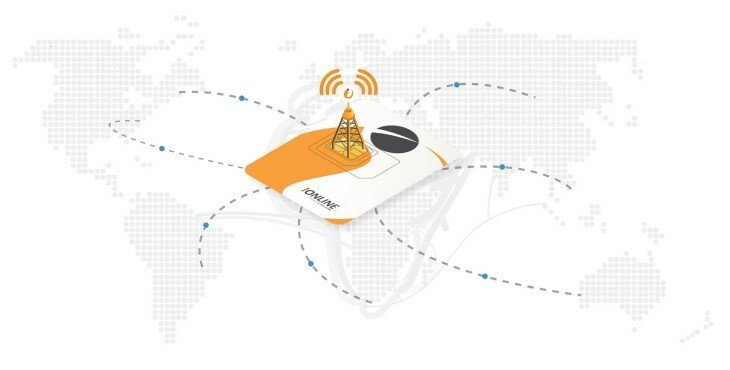
Avoid fallout from internet connectivity outages with a resilient network

25 April 2024
On Thursday 14 March 2024, a connectivity outage drama played out on the African stage. Some companies were very unfortunate, suffering through the debacle in ring-side seats, while others watched comfortably from a distance, totally unaffected by what was happening.
Damage to four subsea cables off the coast of Africa had completely disrupted internet services, triggering outages and connectivity issues continent-wide, and plunging thousands of enterprises into connectivity-less chaos. While many scrambled, unable to transact or communicate, others saw no impact whatsoever, their operations continuing to run smoothly. Why? Because their networks had a high level of resilience.

Network resilience explained
Network resilience is the ability to provide and maintain an acceptable level of service in the face of faults and challenges to normal operation, such as cable breaks, hardware failures, software bugs, human error, environmental conditions, or cyber-attacks. Resilience is the network’s ability to detect, respond to, recover from, and adapt to such challenges without downtime or functionality loss.
Network resilience is crucial for business growth and scalability. David Farquharson, founder and CEO of iONLINE Connected Networks, likens a lack of network resilience to trying to drive a car without fuel: it simply won’t move and is a risky game to play.
He says: “Clients are looking to expand and scale their businesses and without network resilience, their operations could come to a halt. This impacts not only the availability of their products but also their brand reputation and financial performance.”
A resilience plan is essential to mitigate risks, Farquharson continues. “This is where our role becomes critical. By providing resilient solutions, we prepare our customers for the inevitable challenges, ensuring they can continue to operate smoothly even when faced with disruptions.”
Farquharson cites the recent happening with the subsea cables off the African coast as a prime example. “Thousands of companies went down when their supporting network was impacted, but iONLINE’s network didn’t. Our connectivity solution continued unhindered. Our SIMs can connect to multiple carriers. Multiple breakouts to different east coast links, as well as the west coast link across Africa, make our network highly resilient. This allowed us to maintain connectivity for our clients, even when so much of the African continent went down.”
Enterprises in South Africa that use iONLINE together with other mobile connectivity providers experienced iONLINE’s network resilience firsthand during the aforementioned outage. When devices with SIMs from other providers went offline, they noticed that devices fitted with iONLINE SIMs stayed connected and online – proof that infrastructure fitted with iONLINE SIMs remained online while others failed. This allowed teams to continue working, monitoring and tracking mission-critical connections vital for their business operations.
Read the full article at:
Network resilience helps enterprises survive outages (ionlinesp.com)






